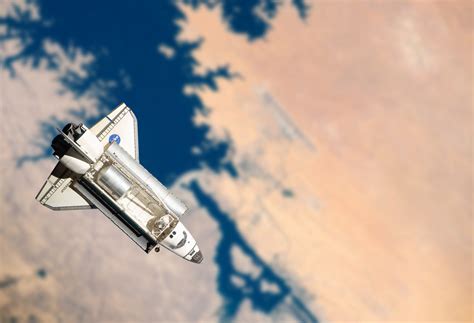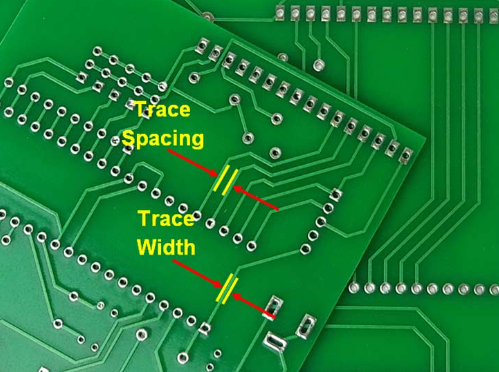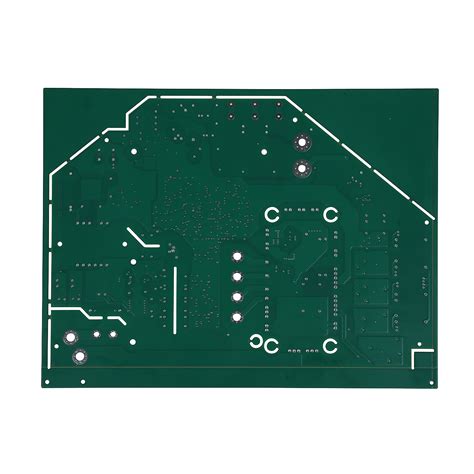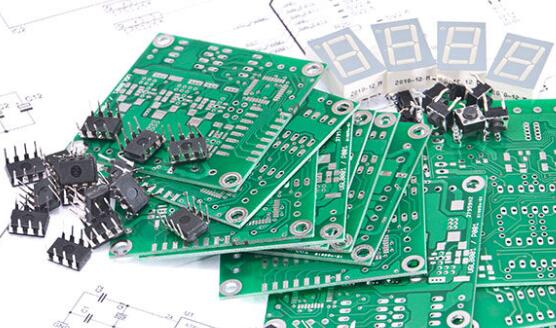Innovations in Aerospace PCB Assembly for Next-Gen Technology
Key Takeaways
The landscape of aerospace PCB assembly is evolving rapidly, driven by innovative advancements that promise to enhance both performance and reliability in next-generation technologies. Central to this evolution is the emphasis on cutting-edge pcba techniques, which leverage advanced design methodologies and materials tailored specifically for the stringent demands of the aerospace industry. Incorporating high-frequency laminates, thermal management solutions, and optimized circuit layouts has become essential in creating PCBs that not only meet regulatory standards but exceed performance expectations. Additionally, the integration of automation in pcb assembly processes helps streamline production while ensuring consistency and accuracy. This shift not only reduces lead times but also addresses critical challenges such as component miniaturization and increased functionality in increasingly compact spaces. The emphasis on collaborative innovations among industry stakeholders highlights a commitment to fostering a robust ecosystem where sustainable practices, coupled with agile manufacturing techniques, pave the way for future developments in aerospace technology. As these trends continue to unfold, stakeholders are well-positioned to adapt and thrive in an ever-evolving marketplace defined by rapid technological advancements.
Introduction to Aerospace PCB Assembly: The Backbone of Modern Aviation
The aerospace industry heavily relies on PCB assembly to ensure the functionality and safety of various systems. PCBA, or printed circuit board assembly, serves as the backbone of modern aviation, as it interconnects essential components in aircraft, satellites, and space exploration vehicles. The precision in aerospace PCB assembly is paramount; any failure can lead to catastrophic consequences. Therefore, the adoption of advanced techniques and materials is a vital focus for manufacturers striving to meet stringent industry standards.
Innovations in PCB design have revolutionized how components are integrated into aerospace systems. For instance, the use of multilayered boards allows for more complex circuitry while maintaining compact sizes—crucial for weight savings in flight operations. Additionally, incorporating high-frequency materials enhances signal integrity, which is critical for communication systems. As these PCBA solutions evolve, they embrace automation that streamlines production processes and reduces human error.
The following table summarizes some key areas of innovation shaping aerospace PCB assembly:
| Key Area | Description |
|---|---|
| Multilayered Boards | Enables complex design with reduced weight |
| High-Frequency Materials | Enhances signal integrity for critical communication |
| Automated Production Techniques | Reduces human error and improves consistency |
Through these advancements in technology and methodology, the future of aerospace PCB assembly looks promising, aiming towards greater efficiency, performance, and reliability for next-generation aviation applications. The commitment to ongoing innovation signifies that as aircraft design and technology advance, so too will the underlying electronic systems that support their operation.
Key Innovations in PCB Design for Aerospace Applications
In the realm of aerospace PCB assembly, design innovations are pivotal for advancing the functionality and reliability of systems used in modern aviation. The integration of high-density interconnects (HDI) has become a game changer, allowing for more compact designs without compromising performance. This technique not only saves space but also reduces weight, a critical factor in aerospace applications where every gram counts. Additionally, the use of flexible PCBs enables engineers to create designs that can adapt to tight spaces and intricate layouts, enhancing overall efficiency.
Incorporating advanced software tools for simulation and testing has further revolutionized pcba processes. These tools facilitate predictive modeling, enabling engineers to foresee potential issues and address them before production begins. As noted in various studies, “Preemptive design adjustments can lead to significant cost savings and improved turnaround times.” Furthermore, adopting standards like IPC-6012 ensures that all designs adhere to rigorous safety and performance criteria required in aerospace applications.
The collaborative approach between design teams and manufacturers fosters innovation by allowing insights from both sides to merge effectively. This synergy leads to the exploration of innovative materials that contribute to enhanced thermal management and durability—two vital aspects for any aerospace application where reliability is paramount.
Overall, the continuous evolution of pcb assembly processes ensures that the aerospace industry is not only keeping pace with technological advancements but setting new benchmarks for performance and safety in next-generation applications.
Advanced Materials Driving Performance in Aerospace PCBs
The aerospace sector is increasingly reliant on innovative materials that elevate the performance of PCB assembly (PCBA) processes. Advanced materials such as multilayer substrates, high-frequency laminates, and hybrid composites play a pivotal role in meeting the stringent demands of modern aerospace applications. These materials not only enhance thermal conductivity but also improve signal integrity, which is essential for the reliability of various systems onboard aircraft. In particular, the use of thermal management materials ensures that heat generated by electronic components is efficiently dissipated, thus maintaining operational efficiency. Additionally, integrating flexible circuits into the PCB assembly allows for greater design versatility and enables innovations like compact configurations that save space and weight—crucial factors in aerospace design. Moreover, advancements in surface finishes and coatings contribute to enhanced corrosion resistance, ensuring longevity and performance under harsh environmental conditions. By investing in these advanced materials, the aerospace industry is setting new benchmarks for performance, reliability, and overall system effectiveness within aerospace PCBs.
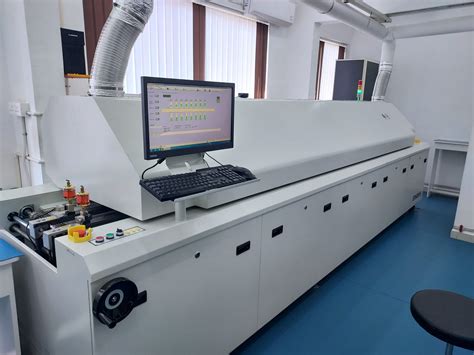
Techniques for Enhancing Reliability in Aerospace PCB Assembly
In the realm of aerospace PCB assembly (PCBA), enhancing reliability is paramount to ensure the safety and functionality of complex avionic systems. One of the key techniques employed is the use of automated optical inspection (AOI), which allows for meticulous examination of components and solder joints. This process significantly reduces human error and identifies defects early, ensuring that only reliable assemblies proceed to final testing. Additionally, the implementation of conformal coatings protects circuit boards from environmental stresses like moisture, temperature variations, and chemical exposure, further increasing longevity and performance under demanding conditions.
Moreover, advanced layer stack-up designs in PCB layouts can enhance thermal management and signal integrity. By optimizing these designs with techniques such as controlled impedance routing and differential pair routing, engineers can mitigate issues related to signal degradation over long distances. Additionally, the use of high-frequency materials is becoming increasingly common in aerospace applications to support next-generation technologies requiring efficient data transmission.
Efforts are also being directed towards improving the reliability through rigorous testing protocols throughout the production lifecycle. This includes enhanced thermal cycling tests and vibration testing that mimic real-world conditions faced by aerospace components. By employing these robust tests at various production stages, manufacturers can identify potential weaknesses before they lead to failure in operation.
Lastly, ongoing research into innovative materials—like those incorporating nanotechnology—shows promise in revolutionizing how PCBA is approached within aerospace contexts. These materials not only improve electrical performance but also contribute significantly to overall board durability. As aviation technology continues to evolve towards more sophisticated systems, these techniques are essential for ensuring that PCBAs meet stringent reliability standards required for modern aerospace engineering.
The Role of Automation in Streamlining Aerospace PCB Production
Automation has emerged as a pivotal element in pcb assembly processes, particularly within the aerospace sector. The integration of automated systems enhances efficiency, accuracy, and speed, significantly reducing human error and production time. Advanced technologies such as robotic assembly and automated optical inspection (AOI) contribute to the reliability of pcba by ensuring that each component is placed precisely and inspected thoroughly. These automated systems can handle complex tasks with a level of precision that is essential for meeting the stringent quality standards required in aerospace applications.
Moreover, automation facilitates the use of real-time data analytics, allowing manufacturers to monitor production metrics closely and optimize processes on-the-fly. This adaptability means that potential issues can be identified and resolved without significant downtime. The result is a more streamlined and responsive manufacturing environment where high-performance pcb designs are produced efficiently.
The adoption of automation not only improves the fabrication of circuit boards, but also supports scalability as demand for innovative aerospace technologies increases. By utilizing these sophisticated methods, companies can better manage production volumes while maintaining rigorous quality controls, ultimately leading to enhanced reliability in pcb assembly for next-generation aerospace applications. As the industry continues to evolve, the role of automation will be crucial in shaping the future landscape of aviation technology.
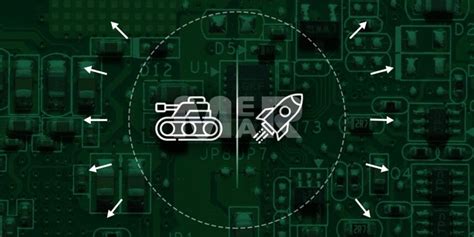
Challenges and Solutions in Aerospace PCB Assembly for Next-Gen Tech
The rapid evolution of aerospace technology introduces a myriad of challenges in PCB assembly that must be addressed to ensure optimal performance and reliability. One significant obstacle is the increasing complexity of PCBA designs, driven by the demand for advanced functionalities and miniaturization of components. This complexity can lead to assembly errors and increased costs. To combat these challenges, manufacturers are turning to sophisticated simulation tools that allow for the testing of designs before production, minimizing errors and enhancing overall efficiency.
Another critical challenge lies in meeting stringent industry regulations while maintaining high production speeds. The aerospace sector requires rigorous testing and certification for all components, including PCBs, which can slow down the manufacturing process. By integrating advanced automation techniques within the PCB assembly process, companies can streamline production timelines while ensuring compliance with safety standards.
Additionally, fostering collaboration between designers and manufacturers is essential. Engaging in early-stage design reviews allows teams to identify potential assembly issues before they become prohibitive problems. By embracing a proactive approach to identifying challenges associated with PCBA, industries can promote innovation while maintaining the safety and reliability standards integral to aerospace applications.
Addressing these challenges through innovative techniques not only enhances performance but also positions the aerospace industry to better meet future demands, ensuring that next-generation technologies are built on a solid foundation of dependable PCB assembly processes.
Case Studies: Successful Implementations of Innovative PCB Solutions
In the ever-evolving landscape of aerospace technology, successful PCB assembly implementations can serve as beacons of innovation. A notable example is the integration of advanced materials and cutting-edge design techniques that resulted in a significant increase in the reliability and performance of various aerospace systems. One such case involved a leading aerospace manufacturer that adopted a novel polymer-based substrate in their PCBA process, allowing for lighter and more durable components. This transformation not only enhanced the performance metrics of the end product but also reduced overall production costs.
Another compelling instance involved the use of automated systems in pcb assembly, streamlining processes such as component placement and soldering. This not only minimized human error but also accelerated production timelines, enabling manufacturers to meet stringent deadlines without compromising quality. The successful outcomes from these case studies underscore the importance of continual investment in innovative PCB solutions, driving forward the capabilities of next-gen technologies within the aerospace sector.
Furthermore, these implementations demonstrate how embracing innovative PCB designs can lead to improved thermal management and signal integrity, essential factors for achieving optimal performance in high-stakes environments. Such examples highlight the transformative potential of integrating new methodologies and materials into aerospace PCB assembly, paving the way for future advancements that promise to redefine industry standards.
Future Trends in Aerospace PCB Assembly: Preparing for Tomorrow’s Technologies
As the aerospace industry evolves, pcb assembly is set to undergo significant transformations that will impact not just the performance but also the safety and efficiency of aerospace technologies. One of the most promising trends is the integration of advanced materials in pcba processes, enabling lighter and more resilient boards that can withstand extreme environments. We are seeing innovations like flexible circuit designs and high-frequency substrates being adopted, which enhance functionality while reducing weight. Furthermore, advancements in automation are reshaping how pcb assembly is performed. Automated systems improve precision and speed, minimizing human error while optimizing production timelines. In tandem with automation, smart manufacturing techniques are emerging, allowing for real-time monitoring and adjustments during production, which are crucial for maintaining high reliability standards essential for aerospace applications. These developments not only promise to enhance performance but also open up avenues for sustainable practices within the industry by reducing waste and energy consumption. As we prepare for a future where technologies become increasingly interconnected and complex, it is clear that the advancements in aerospace PCB assembly will play a pivotal role in driving next-generation innovations forward.
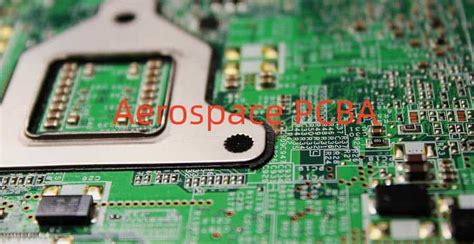
Conclusion
In summary, the advancements in aerospace PCB assembly (PCBA) represent a significant leap forward for the industry, ensuring that next-generation technologies can meet the rigorous demands of modern aviation. The integration of innovative techniques and advanced materials not only improves performance but also enhances the reliability of these critical components. As we continue to embrace automation in PCB assembly, manufacturers can streamline their processes, making production more efficient and responsive to emerging challenges. Additionally, the insights gained from successful case studies highlight how these innovations are being implemented successfully in real-world applications, thus paving the way for future trends in aerospace PCBA. This evolution is essential for aligning with aerospace’s ever-increasing need for precision, efficiency, and durability in challenging environments. Looking ahead, staying attuned to these innovations will be crucial for maintaining a competitive edge in this rapidly evolving sector.

FAQs
What is aerospace PCB assembly?
Aerospace PCB assembly, often abbreviated as PCBA, refers to the intricate process of assembling printed circuit boards specifically designed for use in aerospace applications. These boards are essential components in various avionics and satellite systems.
What are the key innovations in aerospace PCB assembly?
Recent advancements include the use of advanced materials like high-frequency laminates and polyimide substrates, which significantly enhance performance and durability. Additionally, innovative techniques like layer stacking and microvia technology improve functionality while minimizing weight.
How do new materials affect performance in aerospace PCBs?
The introduction of advanced materials such as low-loss dielectrics not only enhances signal integrity but also improves thermal management, making them vital for meeting the strict performance requirements of modern aerospace systems.
What techniques enhance reliability in PCB assembly for aviation?
Techniques such as conformal coating, rigorous environmental testing, and automated inspection are implemented to ensure that each PCBA can withstand harsh conditions typical in aerospace environments.
Is automation important in aerospace PCB production?
Absolutely. The role of automation is critical as it streamlines production processes, reduces human error, and increases throughput without compromising on quality, which is paramount in the aerospace industry.
For further insights and solutions regarding pcb assembly, please click here: Explore PCB Assembly Solutions.

